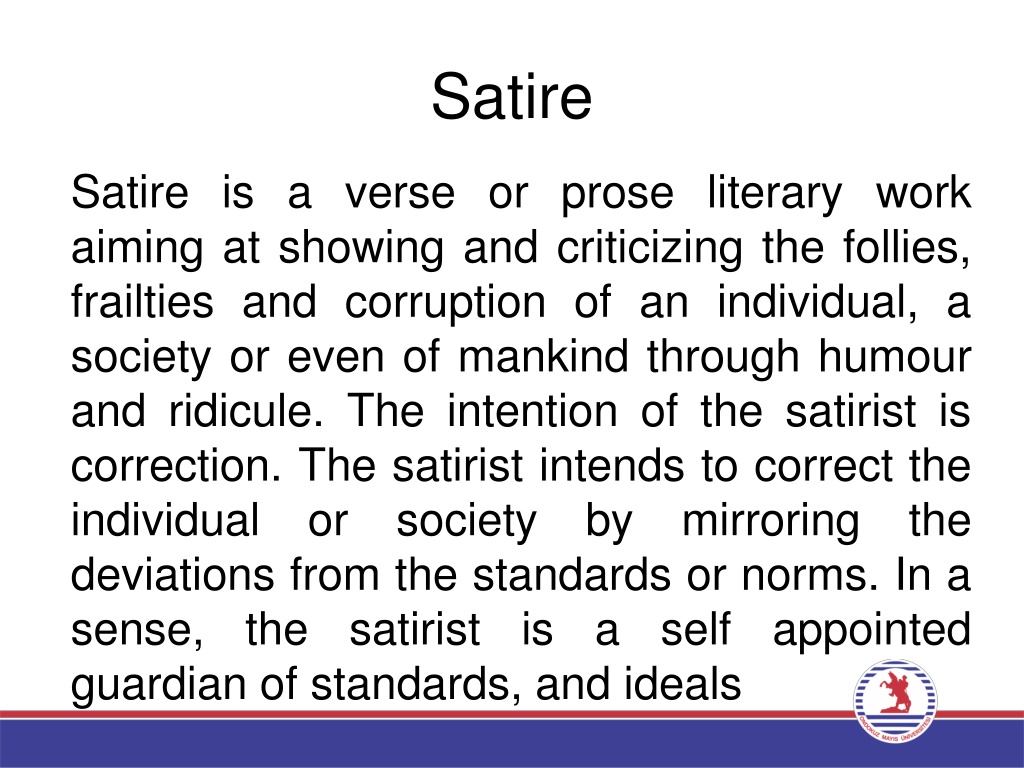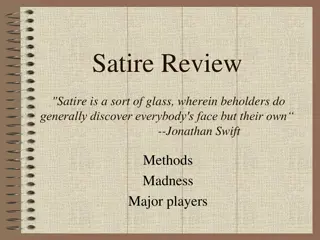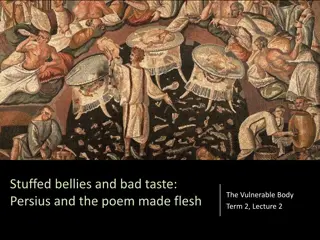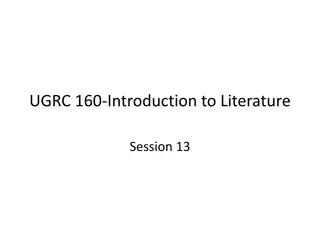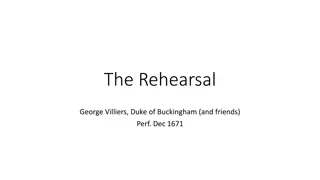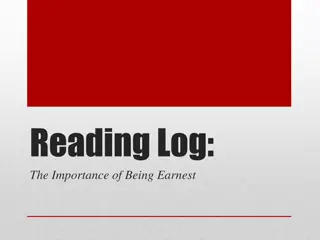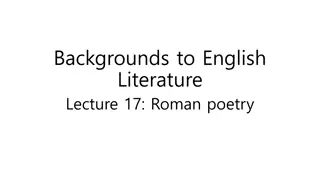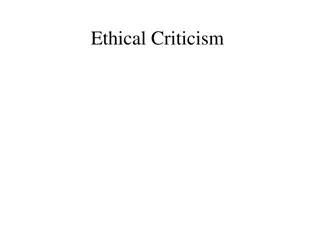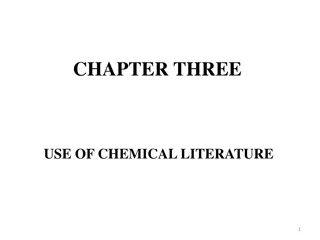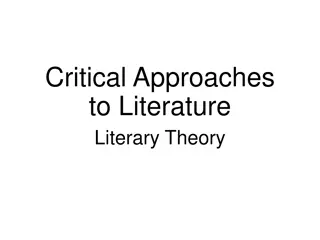Understanding Satire in Literature
Satire is a form of literary work that uses humor and ridicule to criticize the flaws and corruption of individuals or society. Through Horatian or Juvenalian styles, satirists aim to correct deviations from norms by mirroring societal standards and ideals. Notable examples include Geoffrey Chaucer's "The Canterbury Tales."
Download Presentation

Please find below an Image/Link to download the presentation.
The content on the website is provided AS IS for your information and personal use only. It may not be sold, licensed, or shared on other websites without obtaining consent from the author. Download presentation by click this link. If you encounter any issues during the download, it is possible that the publisher has removed the file from their server.
E N D
Presentation Transcript
Satire Satire is a verse or prose literary work aiming at showing and criticizing the follies, frailties and corruption of an individual, a society or even of mankind through humour and ridicule. The intention of the satirist is correction. The satirist intends to correct the individual or society deviations from the standards or norms. In a sense, the satirist is a self appointed guardian of standards, and ideals by mirroring the
Most common types of satire are Horatian and Juvenalian Horatian satire is gentle, smiling, and mild. Juvenalian harsh, angry, even sometimes misanthropic.
References 1. J. A. Cuddon ,The Penguin Dictionary of Literary Terms and Literary Theory, 1998 2.M.H.Abrams, G. G. Harpham, A Glossary Of Literary Terms, Andover:Cengage Learning, 2016,
Geoffrey Chaucer His Important Works: The Canterbury Tales The Book of the Duchess The Parliament of Fowls (Birds) Troilus and Criseyde
The Canterbury Tales The General Prologue Knight Squire (Squier) Yeoman (Yeman) Nun (Nonne)
